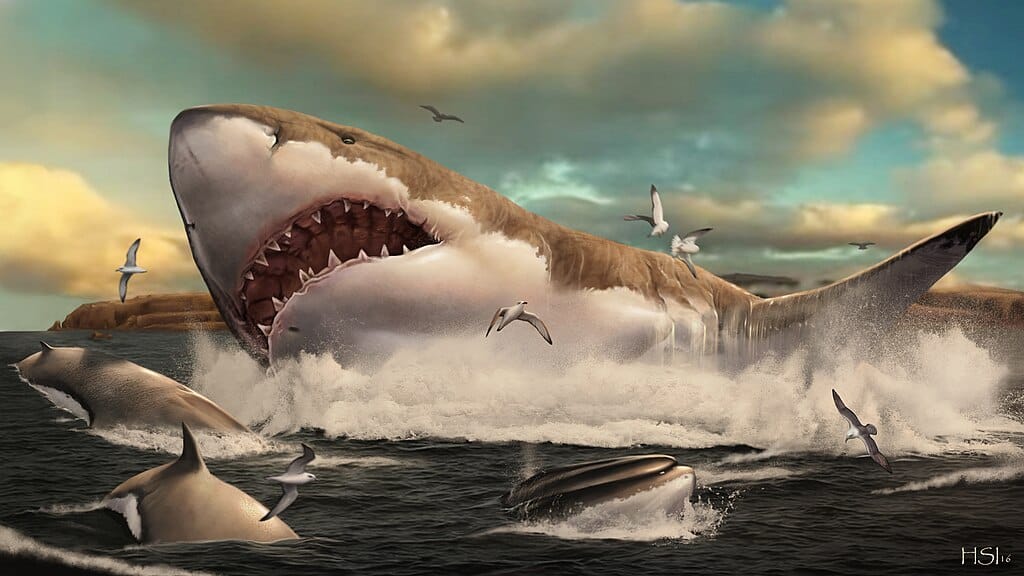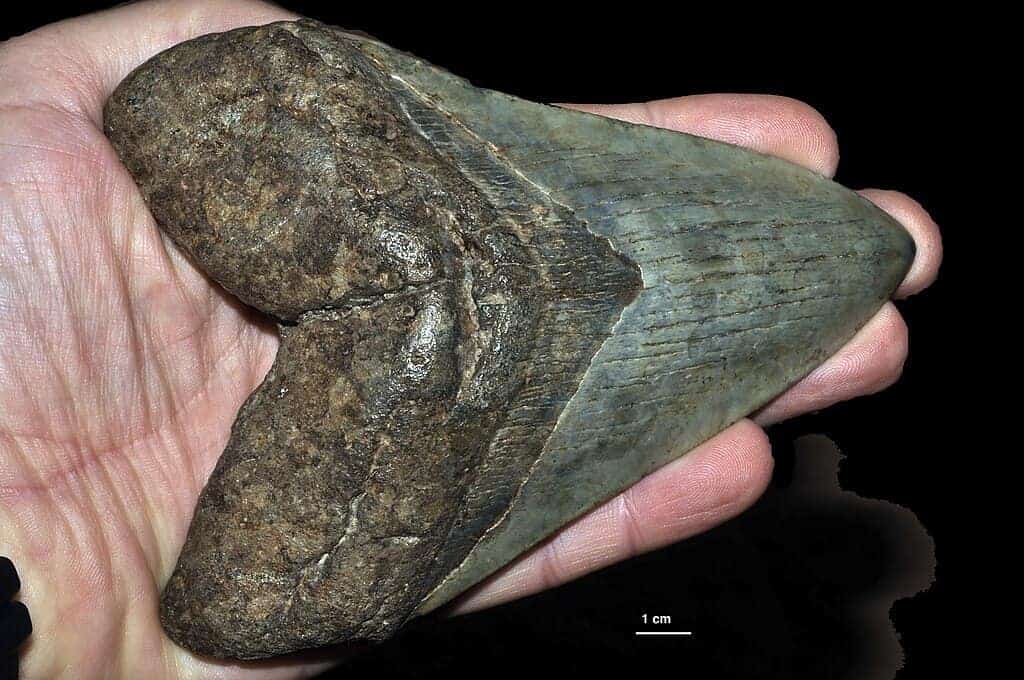Imagine a creature so immense and powerful that it dominated the oceans for millions of years. The Megalodon, an ancient species of shark, fits this description perfectly. With its colossal size, ferocious teeth, and commanding presence, the Megalodon has captured the imaginations of scientists and enthusiasts alike. This article dives deep into the fascinating world of the Megalodon, unraveling its mysteries and exploring its legacy in our oceans.
Origins and Evolution of the Megalodon

The Megalodon (Carcharocles megalodon) first appeared around 23 million years ago during the Early Miocene epoch. Belonging to the order Lamniformes, this ancient shark was a distant relative of the great white shark. As the oceans of the world evolved, so too did the Megalodon, adapting to its environment and thriving until it vanished approximately 3.6 million years ago.
Unraveling the Megalodon’s Enormous Size

The Megalodon holds the record for being one of the largest apex predators to have ever existed. On average, it stretched up to 60 feet in length, though some estimates suggest they could grow even larger. For comparison, that’s nearly three times the size of the largest great white sharks swimming today. This monumental size enabled the Megalodon to command the ocean with unrivaled dominance.
A Bite Harder Than Steel: The Megalodon’s Deadly Dentition

One of the defining features of the Megalodon was its fearsome set of teeth. Each tooth could reach over seven inches in length, and there were hundreds of these serrated, triangular marvels lining the shark’s powerful jaws. With a bite force estimated to be over 18 tons, the Megalodon could crush a car (or its marine equivalent) effortlessly. These teeth are often the primary fossils found, offering a glimpse into the shark’s predatory power and dietary habits.
The Megalodon’s Role in the Ecosystem

As a top predator, the Megalodon played a crucial role in maintaining the balance of marine ecosystems. It primarily fed on large marine mammals such as whales, seals, and dolphins. By controlling the population sizes of these species, the Megalodon ensured that no single species could disrupt the delicate balance of the ocean’s food web.
Why Did the Megalodon Go Extinct?

The extinction of the Megalodon remains a topic of significant scientific interest and debate. A combination of factors is believed to have contributed to their disappearance, including climate change that led to the cooling of the oceans, a drop in sea levels, and competition with other predators for food. The evolution of new whale species that could escape the Megalodon’s predation might have also been a crucial factor in their decline.
Ongoing Discoveries: Fossils and Research

The Megalodon’s story continues as paleontologists unearth new fossils. These finds, predominantly teeth, provide valuable insights into the shark’s biology and behavior. Research on these fossils helps scientists understand the ocean’s past ecosystems, the shark’s migration patterns, and how the species adapted during its reign.
Separating Fact from Fiction: The Megalodon in Popular Culture

The Megalodon’s legendary status has led to its frequent portrayal in media and pop culture. Movies, documentaries, and books often depict it as a monstrous creature lurking in the deep. While these portrayals captivate audiences, they often blend fact with fiction, creating myths that do not align with the scientific understanding of this ancient giant.
Comparing the Megalodon to Modern Sharks

Despite its extinction, the Megalodon’s legacy is reflected in today’s sharks, particularly the great white, which shares many characteristics with its ancient cousin. Both are powerful predators with similar dietary preferences, though the great white is considerably smaller. Studying these similarities offers insight into the traits that allow sharks to thrive as dominant ocean predators.
The Megalodon’s Teeth: Nature’s Perfect Anatomical Design

Megalodon teeth are not only impressive in size but also exemplary in design. Their serrated edges helped slice through the flesh of large prey, while their triangular shape was perfect for gripping and tearing. This efficient design is reflected in the teeth of modern sharks, showcasing nature’s enduring blueprint for predation.
What If the Megalodon Was Still Alive?

The thought of a living Megalodon prowling modern oceans sparks both fear and fascination. If such giants still existed, their impact on today’s marine environments could be profound, potentially altering entire ecosystems. However, no empirical evidence supports the idea of surviving Megalodons, and such theories remain speculative and unlikely given our current understanding.
The Megalodon’s Legacy and Importance

Today, the Megalodon serves as a captivating window into the prehistoric world, offering lessons on evolution, adaptation, and extinction. Its mighty reign as a top predator illustrates the delicate balance of nature and the impact of environmental changes on even the most formidable creatures. The scientific study of the Megalodon continues to enrich our understanding of life in ancient oceans and the complex history of Earth’s marine life.
Conclusion: The Enduring Allure of the Megalodon

The Megalodon may have vanished millions of years ago, but its legacy endures. As researchers uncover more about this ancient creature, our fascination grows, fueled by its sheer size and dominance. The Megalodon reminds us of the ever-changing nature of life on Earth and the importance of preserving the delicate ecosystems that allow life to thrive. Its story, carved in the fossilized teeth that survive today, continues to captivate and educate, bridging the past and present with each new discovery.
- This Fish Has the Most Teeth in the Ocean—And Uses Them Well - August 9, 2025
- How Wolves Use Group Howls to Reunite With Pups - August 9, 2025
- 12 Dog Breeds That Form the Deepest Emotional Bonds with Their Owners - August 9, 2025

